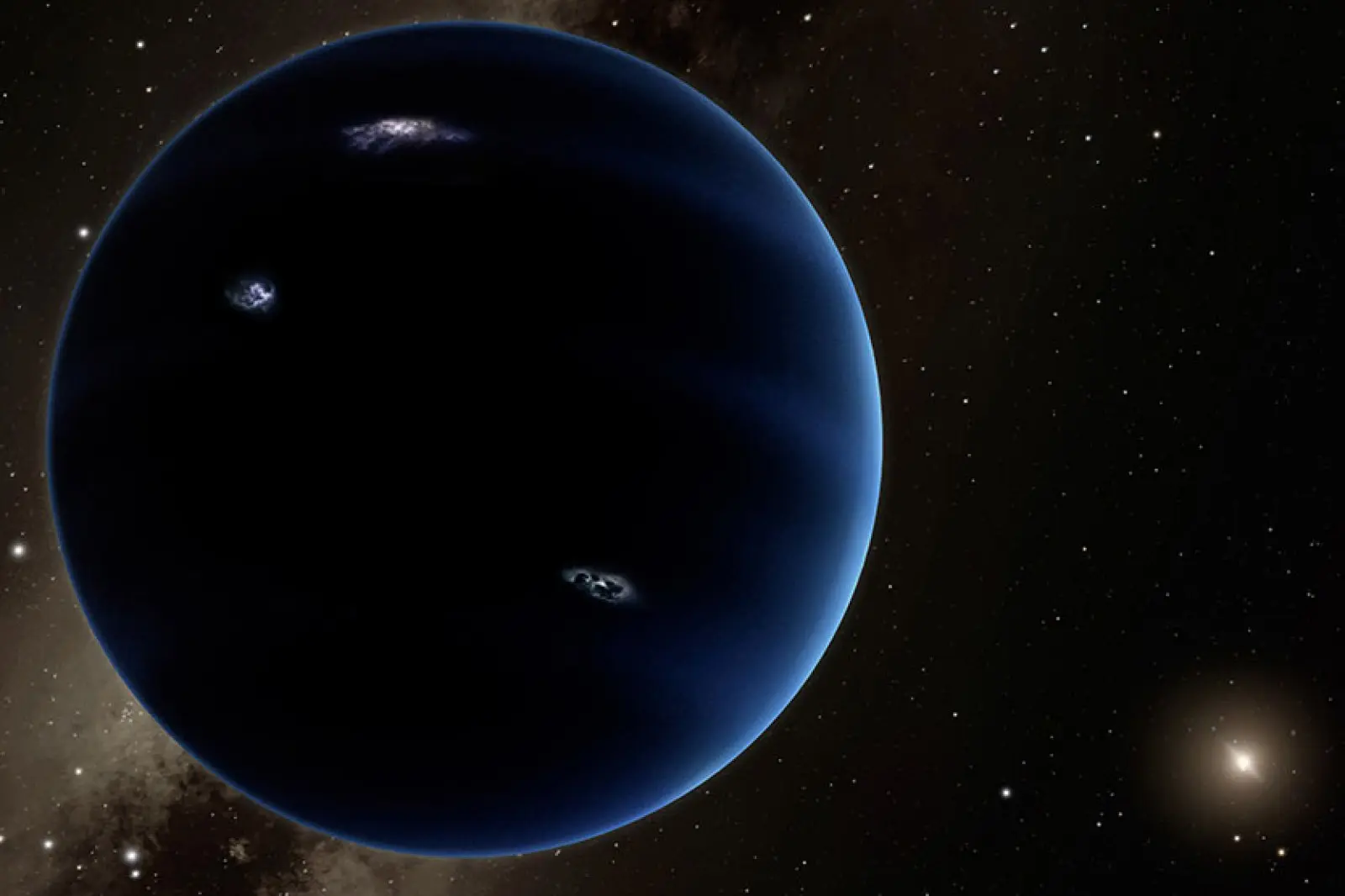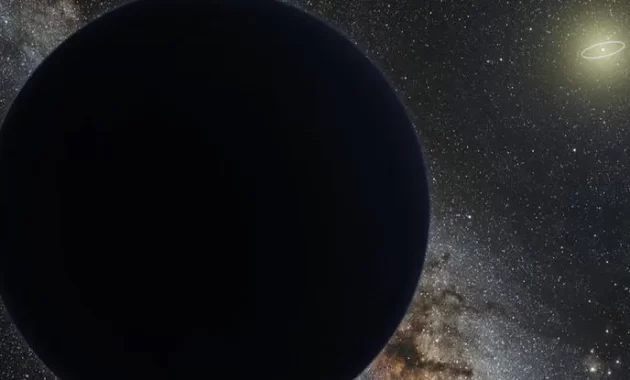Astronomers suggest that there may be exoplanets made of dark matter that can alter our understanding of physics. Perhaps we have not yet discovered many planetary systems similar to our solar system. Nevertheless, they all have one common feature: they are all made of ordinary baryonic matter.
But what if there are planets made of other substances outside the standard model? What if these planets are made of the mysterious substance known as dark matter? No one can answer this question or at least we cannot do so with our current knowledge. However, according to Science Alert, a group of scientists led by theoretical physicist Yang Bai from the University of Wisconsin-Madison are seeking to discover and study such planets.
Under special conditions, the above question can be answered positively and researchers have explained the reason for this in an article published on the preprint database arXiv.
There are many fascinating mysteries in our world, but one of the biggest secrets is dark matter. We don’t know what dark matter is, what it looks like, or what it is made of. The only assumption we can confidently rely on is that the gravity of the universe is far beyond the amount of baryonic matter.
Considering galaxies, stars, and dusty nebulae, we realize that the amount of gravity is much greater than these objects. We don’t exactly know what causes this situation, but we call this mysterious source dark matter. There are different candidate theories to explain this matter and scientists are currently studying them.
The probable options for dark matter can be divided into two categories: singular particles and compounds consisting of macroscopic bubbles of dark matter, which may have masses equivalent to those of planets. As Bai and his colleagues explain, macroscopic dark matter has mass or radius similar to that of a planet, depending on the stellar system. Although it may have different physical properties.
Current methods for detecting exoplanets are based on their effect on the light of the host star. This information can be used to measure the characteristics of exoplanets.
When an exoplanet passes between us and its host star, it is called a transit. This phenomenon slightly reduces the brightness of the star. Astronomers can calculate the radius of an exoplanet by measuring the amount of light attenuation. Exoplanets can also slightly move their stars because they both revolve around a common gravitational center. Changes in the wavelength of starlight can also be revealed. Radial velocity can also be used to calculate the mass of an exoplanet.
Based on measurements, the density and structure of a solar system planet can be calculated. Low density indicates the existence of a gas giant planet, such as Jupiter, with a low-density atmosphere. Higher density is more characteristic of a rocky planet like Earth. In general, Jupiter-like planets have a larger radius, while Earth-like planets have a smaller radius.
According to Bay and his colleagues, using this method, it is possible to discover potential dark matter planets. A dark matter planet probably has different characteristics than ordinary planets, such that these characteristics may contradict our current understanding of planet formation. Perhaps such a planet is denser than iron or has such a low density that its existence cannot be justified. Currently, such a planet has not been identified, but astronomers dream of discovering it.
In addition, astronomers have been able to examine the atmospheres of exoplanets based on transit data. They measure the light spectrum of stars during transit and then compare it to normal starlight to search for brighter or dimmer wavelengths.
“In this way, a portion of the light is absorbed or scattered by molecules in the atmosphere of an exoplanet orbiting a star, and then scientists can analyze this data to identify the molecules. If the spectrum shows some serious anomalies, this process can be a sign of the existence of a dark matter exoplanet.
If a planet should pass through based on its radial velocity, but no transit is observed, it can be concluded that the planet is made of dark matter. And if the transit has a slope called the light curve, another sign is obtained.
According to researchers, a dark matter planet is probably not completely opaque and non-transparent due to its non-zero interaction strength with standard model particles, and its light curve shape is distinguishable from that of ordinary planets. Bay and colleagues calculated the appearance of this light curve to come up with a simple framework for analyzing a more complex theory.
There are various methods to improve research. Researchers have so far only focused on circular orbits, while many exoplanets, especially those trapped in the gravity of a star, have elliptical orbits, and it is expected that dark matter planets will also be in such orbits. Also, their properties have been relatively well-preserved. Further research on the formation of planetary systems and dark matter planets will increase the likelihood of discovering such planets.




